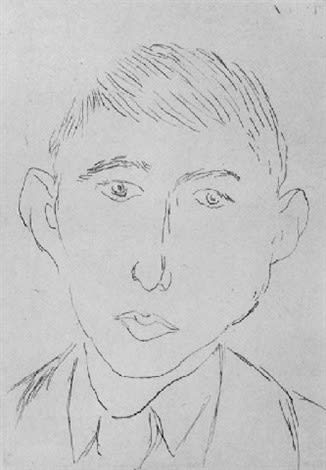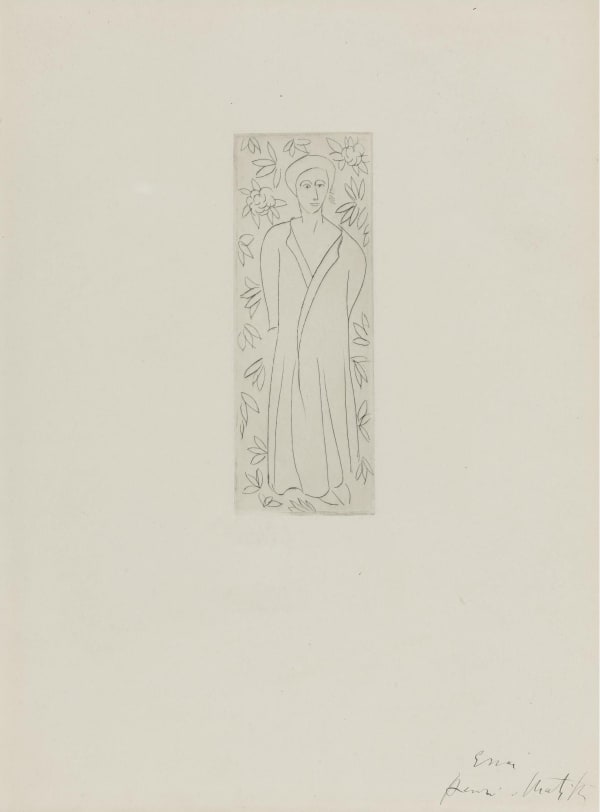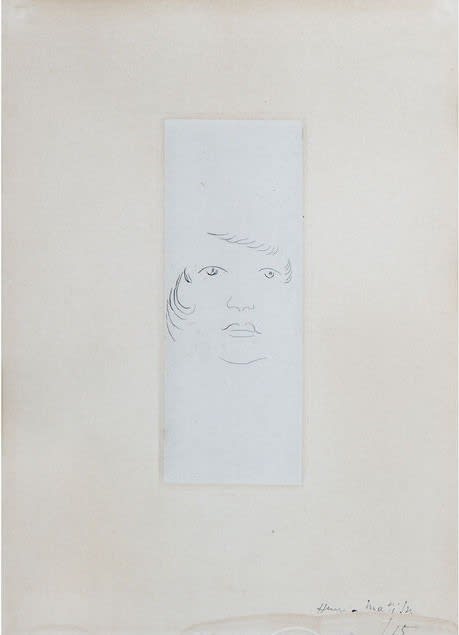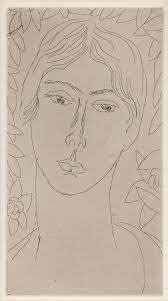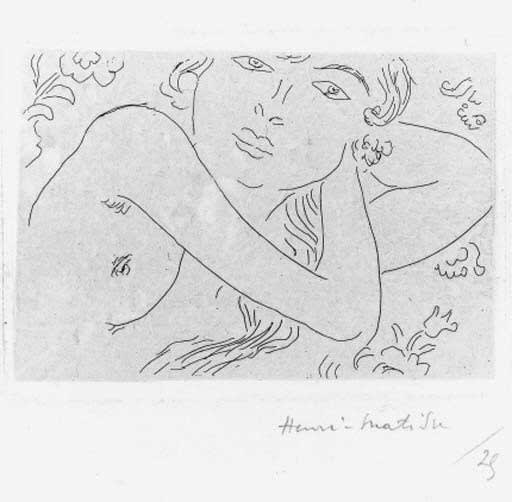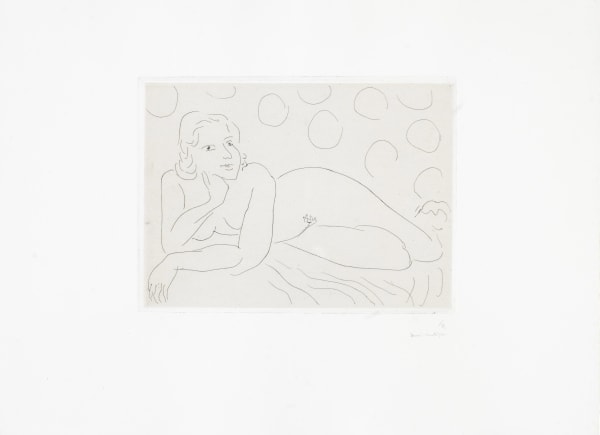Matisse: Portraits: Andipa, Online
"One must always search for the desire of the line, where it wishes to enter or die away". Henri Matisse
‘Matisse: Portraits’ brings together an important series of rare etchings executed between 1914- 1929 by Henri Matisse, one of the most celebrated artists of the twentieth Century. Known principally for his paintings and pioneering the artistic style Fauvism, this exhibition illuminates Matisse’s achievements in printmaking and his skill as a draughtsman. The artist first worked with copper plates in 1903, but did not create a full collection of etchings until 1914 as in the current exhibition.
Matisse's portraits are very personal, as his subjects include his friends and family: his wife, his daughter Marguerite, his favourite muses Hernriette and LouLou, and his friend’s sister Yvonne Landsberg. Each intaglio plate is characterised by a spontaneous and delicate line: according to anecdote, Matisse asked the painter Walter Pach to sit for an etching, for which he set a timer for five minutes, and completed the drawing on the plate within this time.
Though the works are devoid of the strong colours for which Matisse is often recognised, his best-loved motifs are recognised throughout ‘Matisse: Portraits’. In La Chemise Arabe (The Arabian Chemise) Madame Matisse is portrayed wearing a silk robe, a sartorial representation of Europe’s obsession with Orientalism at the time. She was also portrayed similarly in oil in Andre Derain’s earlier painting ‘Madame Matisse in a Kimono’ in 1905. Distinctly decorative, Matisse sketches his subjects in stylish hats (Loulou masque, Chapeau Fleuri/Flowered Hat), long robes (La Persane/The Persian) and pussy-bow blouses (Petite Margot/Little Margot). The clothed subjects are in direct contrast with Matisse’s nudes in etchings such as Nu Agenouille et Cambre (Kneeling Nude with Bent Back). Standing and reclining, these works demonstrate the artist’s technical virtuosity for the human figure. In Matisse’s own words, ‘I look at the subject and I transmit my impression with a continuous line.’ Matisse’s nude models are not just objects of study, they are close friends and at times romantic obsessions. Odalisque Couchée aux magnolias (Odalisque with Magnolias) is a portrait of Henriette Darricarrère, a ballet dancer and famed muse of Matisse. Matisse is to have said Darricarrère’s ‘body caught the light like a sculpture’. In etching, her strong torso and full breasts are in full view, whilst her arms and legs form a triangular shape against the luxurious divan. She, as with the other nude muses, appear fully at ease in their domestic surroundings and with the artist. Indeed he becomes so close and intimate with their faces that he crops features from the frame in examples such as Fanny de Face, where the sitter’s cheeks are not visible on the page.
-
Discover our selection of Henri Matisse prints.


